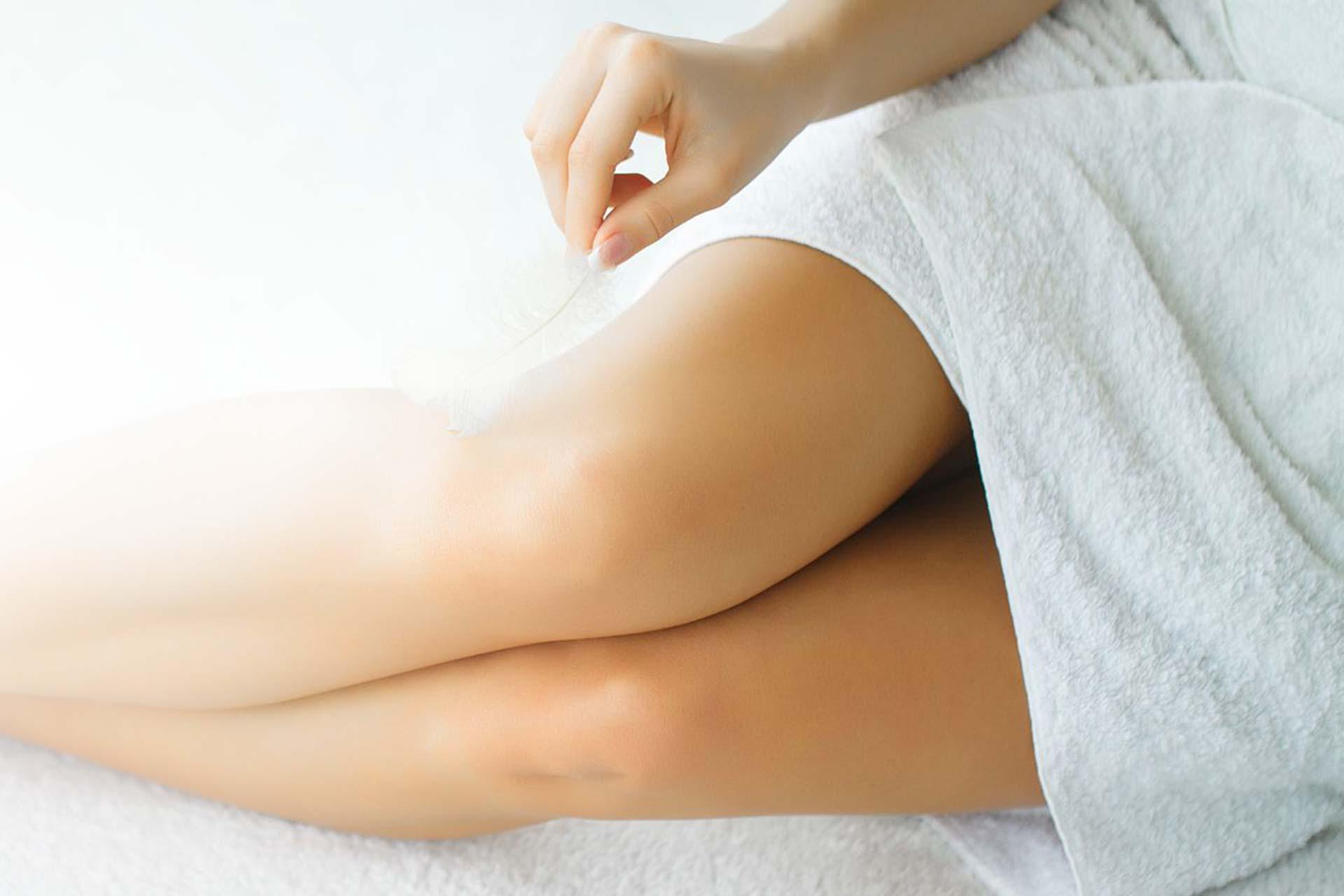Lichen sclerosus (lichen sclerosus et atrophicus, LSA) is a chronic inflammatory skin condition that can cause considerable discomfort and have a negative impact on the quality of life. Lichen sclerosus most typically appears as epithelial thinning or white papules or patches in the genital area. The papules and patches can feel itchy and burning.
Lichen sclerosus is a relatively rare condition that only affects 0.1–0.3% of the population. The condition is more common in women, and it typically occurs during or after menopause. However, lichen sclerosus does affect people of all ages, including men and even children under the age of seven.
The exact cause of lichen sclerosus is not known, but it may be linked to autoimmune diseases. Lichen sclerosus is not infectious. Left untreated, lichen sclerosus leads to tissue scarring, and it is also associated with a slightly increased risk of cancer. Therefore, a visit to the doctor is necessary so that the condition can be diagnosed and the symptoms managed. Follow-up visits are recommended every 1–2 years.
Lichen sclerosus – symptoms
The symptoms of lichen sclerosus can range from mild to severe and occur in different parts of the body. Vulval lichen sclerosus is the most common form of the condition. Penile lichen sclerosus can result in the tightening of the foreskin due to scarring. In addition to the genitals, lichen sclerosus often appears around the anus and in the perineum. Dermal lichen sclerosus is rare, but it can appear on the breasts, décolletage, shoulders and buttocks, for example.
The most common symptoms of lichen sclerosus:
- Itching and burning: Lichen sclerosus often causes intense itching and burning, especially in the vulva.
- White patches on the skin: White patches, resembling wrinkled tissue paper, form on the skin. The patches can also become shiny.
- Ulcers and scarring: In the long term, the rash caused by lichen sclerosus can become ulcerated and start to form scar tissue.
- Pain and discomfort: Pain during intercourse; tightened of and tight foreskin.
Diagnosis of lichen sclerosus
Lichen sclerosus is usually diagnosed based on clinical symptoms, and the diagnosis can be confirmed with a biopsy, if necessary. The doctor may take a small skin sample for microscopic examination to confirm the diagnosis.
Treatment of lichen sclerosus
The treatment of lichen sclerosus focuses on the alleviation of symptoms and the slowing down of disease progression. Treatment options:
- Cortisone creams: The most effective treatments are often cortisone creams, which are used topically to relieve inflammation and itching.
- Immunomodulators: If cortisone is not effective, a tacrolimus or pimecrolimus cream may be a good alternative or supplement in the treatment of lichen sclerosus.
- Moisturisers: Regular use of moisturisers helps to maintain skin elasticity and relieve symptoms.
- Oral medicines: In severe cases, oral medicines may be used.
- Surgical treatment: If lichen sclerosus is causing significant scarring or other physical changes, surgical treatment can be considered.
It is important to seek medical advice if you suspect having lichen sclerosus. Early diagnosis and treatment can prevent complications and improve the quality of life. Even though the risk of developing squamous cell carcinoma is low, regular medical check-ups are recommended for people with lichen sclerosus.

